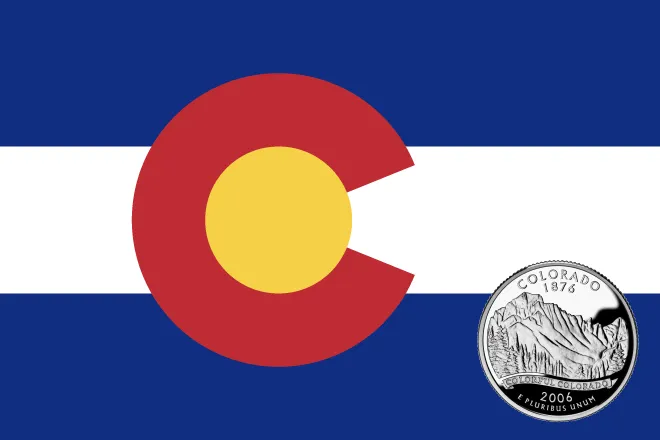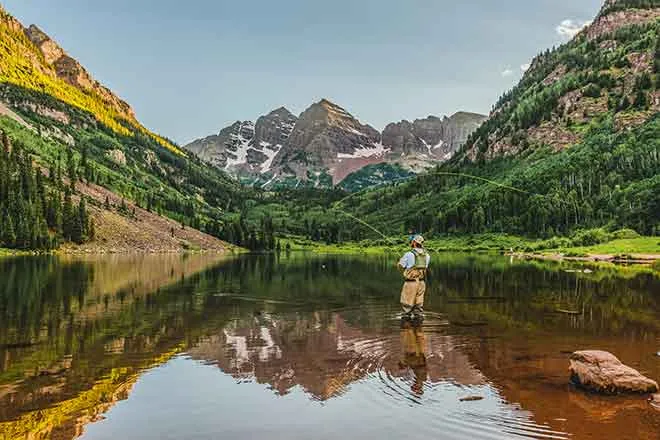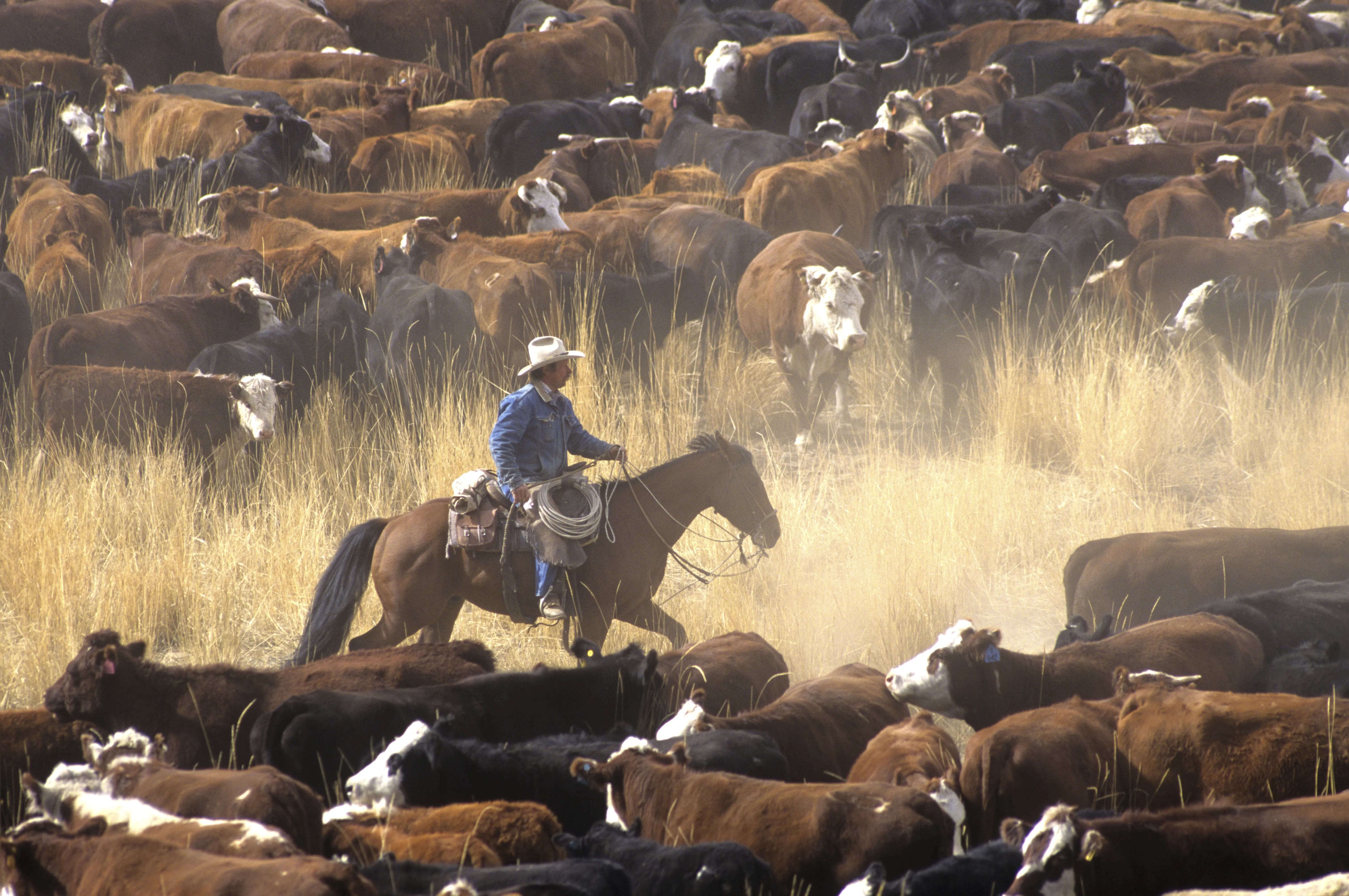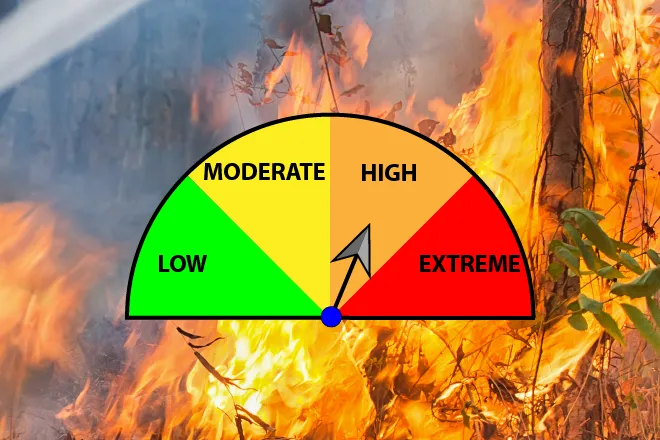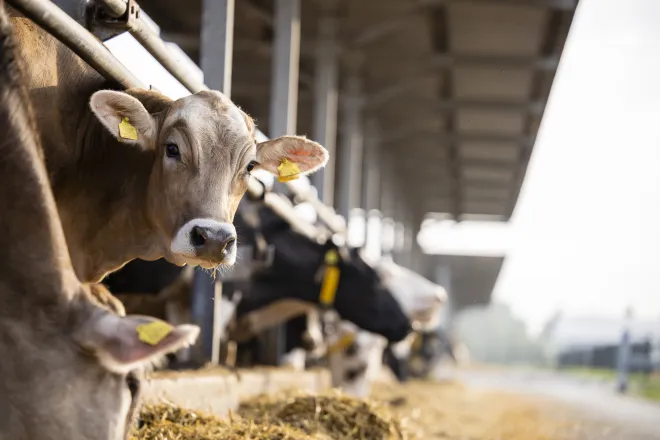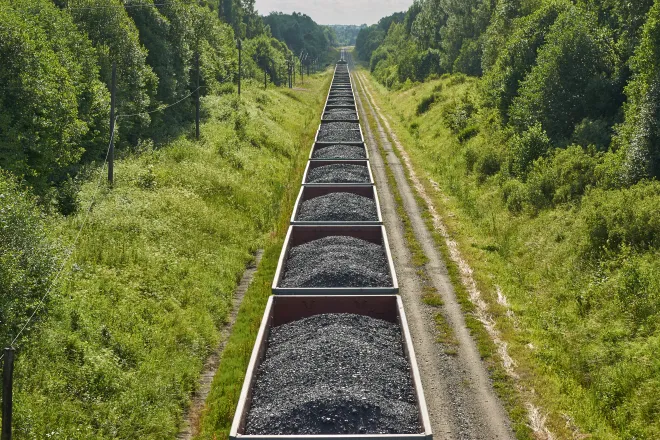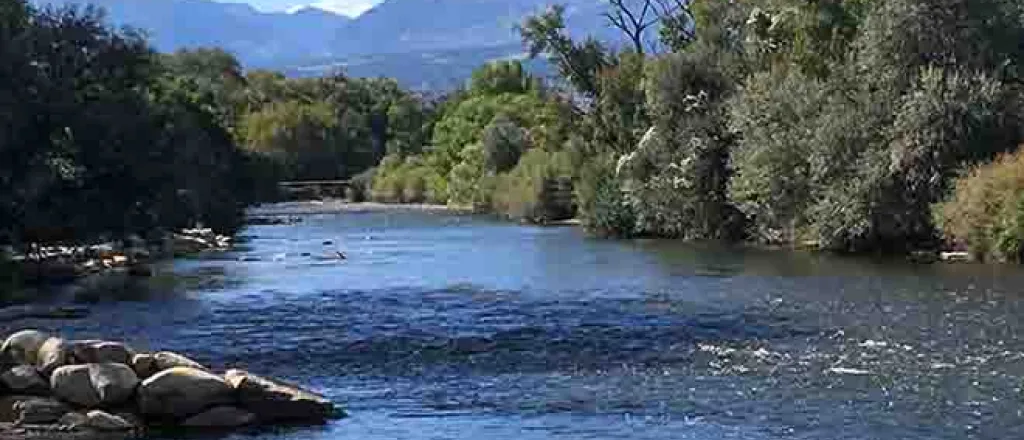
November 2022 Arkansas River Report
While most of the Upper Arkansas River Basin remains drought-free, severe drought has returned to parts of the lower basin with the southeastern corner of Colorado now experiencing extreme drought, according to the latest U.S. Drought Monitor report.
Snowpack
In spite of recent snowfall in the upper basin, early season snowpack is trending below average with NRCS Snowpack Telemetry (SNOTEL) data showing basin-wide snowpack at 76 percent of median for snow-water equivalent (SWE). The highest reading is currently at Saint Elmo, where the SNOTEL station shows SWE at 4.5 inches, 118 percent of median. More accurate than SNOTEL data, aerial snow survey data is expected to be implemented in Colorado this winter by Airborne Snow Observatories, but that data is not yet available.
Water Availability
The Governor's Water Availability Task Force report for November summarizes data for Water Year 2022, noting it was "the sixth warmest and 35th driest on record going back to 1896" with February being the coldest month of the year. Colorado experienced a "wet July" and benefited from "monsoonal moisture in the central and southern parts of the state."
As Water Year 2023 begins, "Colorado has some of the best antecedent soil moisture in years," the report states, "but on the eastern side of the Divide, (soil) conditions are a lot drier than normal. Precipitation is near normal at 95 percent of median. ... La Niña looks likely to continue through early winter and possibly beyond. On average, the Northern Rockies are wetter during La Niña and with colder temperatures that can result in good snowpack conditions. Drier conditions may impact the southern part of the state."
Winter Water Storage Program
The Winter Water Storage Program (WWSP) in the Arkansas River Basin runs from Nov. 15 to March 14 every year. The program was devised during the early planning stages of the Fryingpan-Arkansas Project and stores water that would otherwise be diverted by irrigators downstream from Pueblo Reservoir during the winter months. This stored water is then released during the following irrigation season.
The WWSP has been refined to arrive at "an equitable means of apportioning the stored water among the WWSP participants and avoiding injury to non-participants." Negotiations ultimately produced a consensus among participants and objectors, producing an initial decree approved by Water Court Judge Tracey in 1987. In 1990, Tracey entered an order making the decree final.
The participants in the WWSP primarily store their WWSP water in Pueblo Reservoir but also use Henry, Meredith, Holbrook, Dye, Adobe, Horse Creek, Great Plains and John Martin reservoirs. When space is limited, priority for storage of WWSP water in Pueblo Reservoir goes to entities that don't have access to off-channel reservoir storage. When active, the WWSP affects reservoir storage, river flows and calling water rights in the Arkansas Basin.
Reservoir Storage
Water storage in Pueblo Reservoir increased during November, from 177, 342 acre-feet to 184,866 acre-feet or 57.2 percent full. Water storage in Turquoise Lake fell from 85,368.5 acre-feet a month ago to 84,452.2 acre-feet or 65.3 percent full. At Twin Lakes storage levels also decreased in November, from 120,899 acre-feet to 114,014 acre-feet or 80.9 percent full. The U.S. Army Corps of Engineers reports water storage in John Martin Reservoir increased from 11,442 acre-feet to 15,921 acre-feet in November.
River Flows
With Fyingpan Arkansas project water releases currently suspended and the WWSP in effect, Arkansas River flows have generally decreased in Colorado. The Leadville gauge hasn't reported any new data for the past week, and the gauge at Granite currently reads 119 cfs. River flow at Wellsville is 315 cfs, and at Cañon City, 380 cfs. The flow below Pueblo Reservoir has dropped 69.9 cfs, a reflection of the WWSP. The gauge near Avondale currently reads 289 cfs, while the flow at Rocky Ford has dropped to 68.8 cfs. Flow below John Martin Reservoir has dropped to 1.16 cfs but has increased to 16.3 cfs near Lamar.
Calling Water Rights
With the WWSP in effect, only eight water rights are currently calling for water in the Arkansas Basin. The most senior calling right is the Lewellyn McCormick right with an 1864 priority date on the Purgatoire River. The 1866 Gonzales Ditch right on the Apishapa River is next in priority, followed by the 1867 Coleman Ditch right on Hardscrabble Creek.
The Fernandez Ditch (1868 priority) has a call on Turkey Creek, the Upper Huerfano No. 2 (1869) has a call on the Huerfano River, and the Doris Ditch (1870) has a call on Fourmile Creek. On the Arkansas River mainstem, the 1910 Fort Lyon Storage Canal right has a call, and as always, the Arkansas River Compact has a call at the Kansas state line to ensure that Colorado sends water to Kansas.



